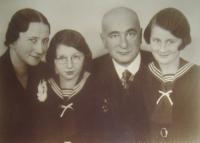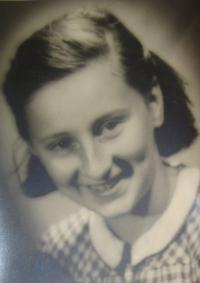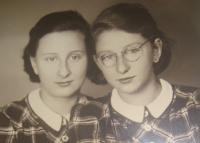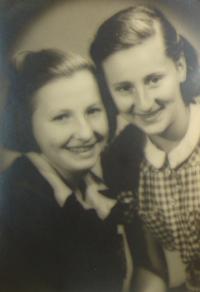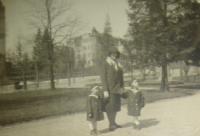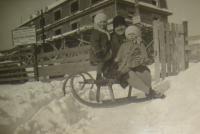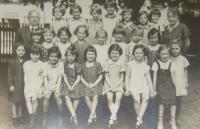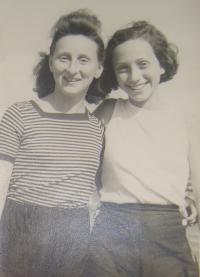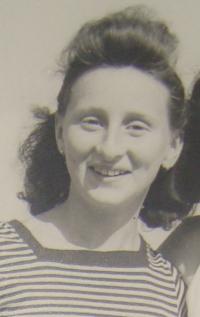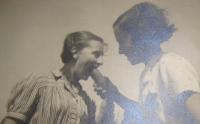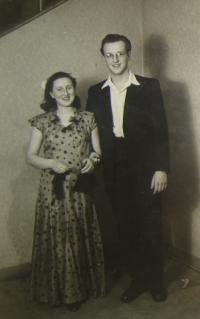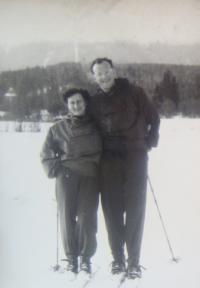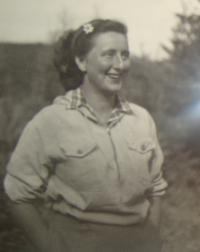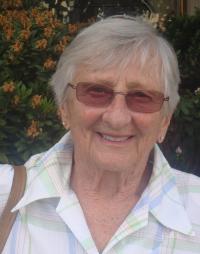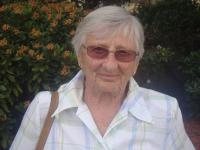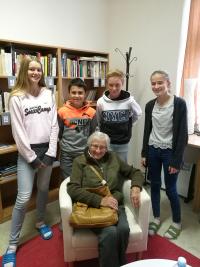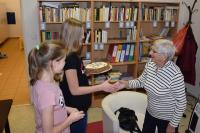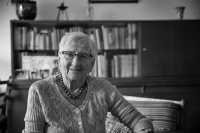Suddenly I realized that I was somebody else. I have never felt it until then
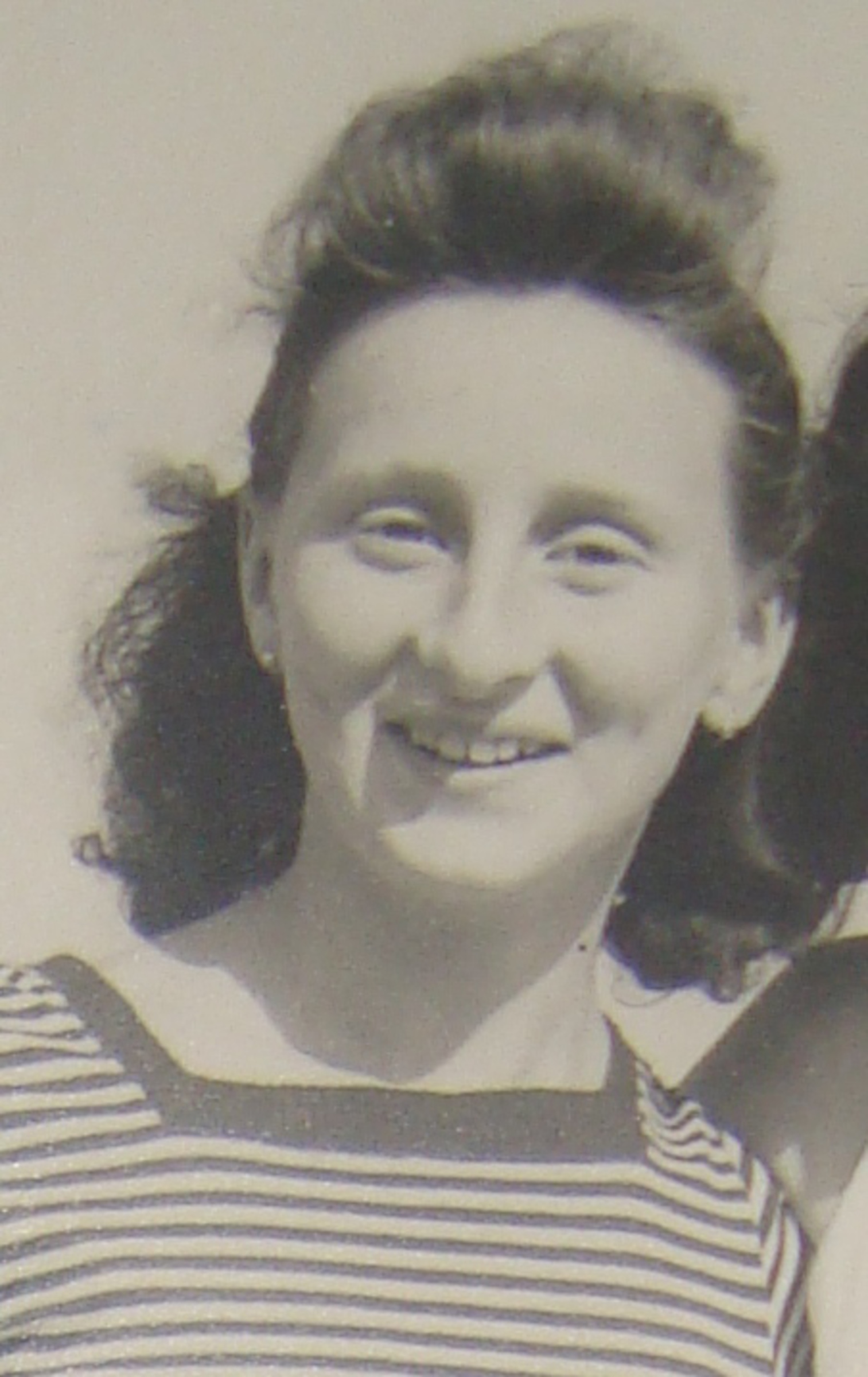
Download image
Bohumila Havránková, née Picková was born November 17, 1927 in Liberec in a mixed Czech-Jewish family as the older one of two daughters. Her father was a wholesale trader and he also owned a retail store. Bohumila attended elementary school in her native town and then she continued studying at grammar school (only two years). When nationalistic tendencies in this border region intensified in the late 1930s, the Picek family fled from Liberec to Prague. Bohumila began to attend the grammar school in Karlínská Street in Prague and then she followed her mother’s wish and learnt the furrier’s trade. Anti-Jewish restrictions and regulations affected their family as well. Bohumila was going to Hagibor where she was in touch with her Jewish peers and where she met members of the leftist Zionist organization Hashomer Ha-Tsair. Just like other children from mixed families, Bohumila was expecting an order to join a transport to the Terezín ghetto. On March 3, 1943 she passed through the assembly place in the Trade Fair Palace and from there she went to Terezín. After three days in the ghetto she was transferred to the Jugendheim (children’s home) and later to Mädchenheim L-410 (girls’ home). At first she worked in a cabinet-making workshop in the ghetto and then she did agricultural work outside of the ghetto. She met her first love while in the ghetto, but the boy then left in a transport and they never saw each other again. Bohumila survived in the ghetto until the end of the war. Immediately before the liberation of Terezín, on May 1st or 2nd, 1945, she and her friend decided to escape from the ghetto. Via Bohušovice she got to Prague where the Prague Uprising meanwhile broke out. After the war Bohumila studied photography at the school of graphic design and she got a job in the editorial office of the Rudé Právo newspaper. After her maternity leave she worked as a librarian in the Encyclopaedic Institute of the Czechoslovak Academy of Sciences and later also in VELAZ (large-scale breeding station for laboratory animals). Bohumila Havránková died on December 5th, 2022.
